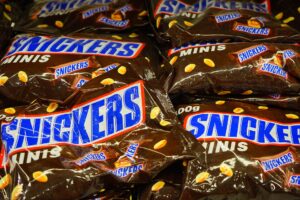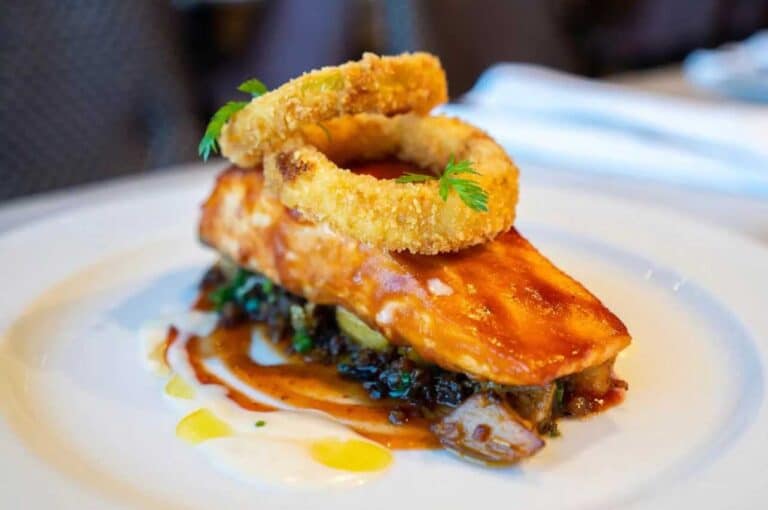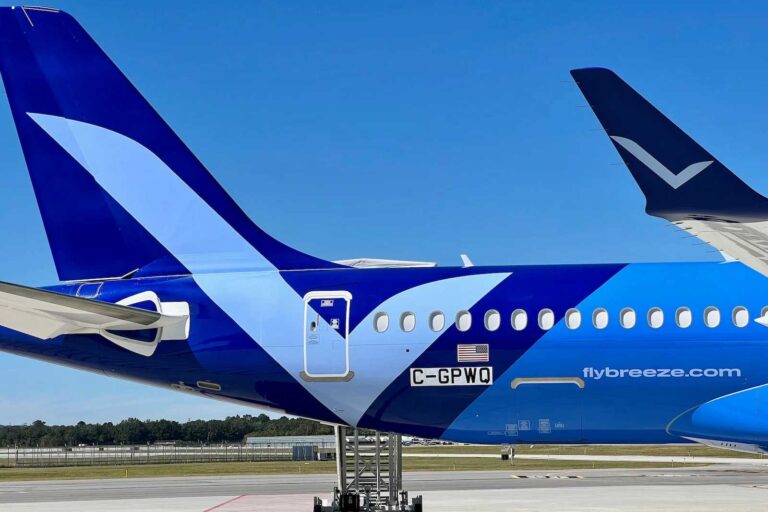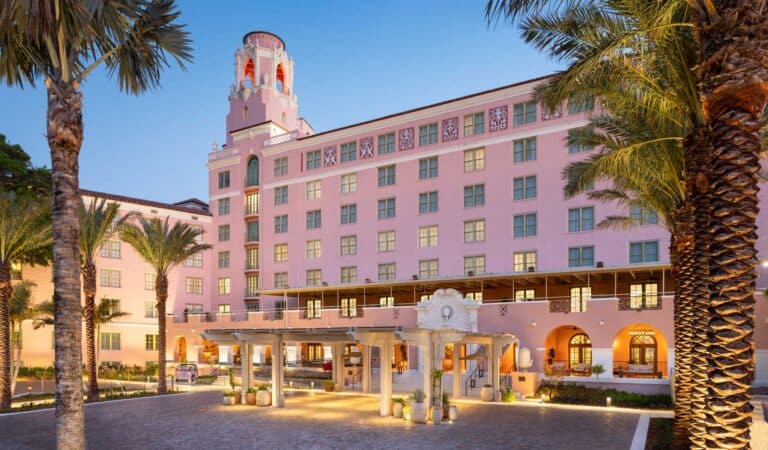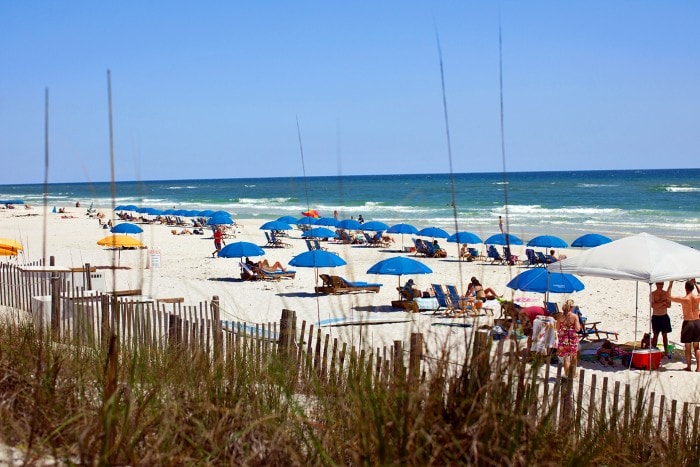
Only a few resort communities possess an entirely original vibe. Northwest Florida’s Scenic Highway 30A — or just 30A, as residents call it — is such a place. This meandering 19-mile stretch of panhandle road, tucked between Destin and Panama City, is actually a string of small beach towns. Deliberately arranged fixtures — from a grove of live oaks to a promon- tory overlooking the Gulf of Mexico — are what set 30A apart. The latter-day history of 30A begins in 1979, when Robert Davis inherited an 80-acre parcel of white-sand beachfront and turned the remote scrub into a new kind of coastal oasis. The town he built is Seaside; the movement is New Urbanism.
It entails designing traditional enclaves intended to create an enhanced sense of place. Sidewalks, bike paths and old-fashioned white picket fences (no two patterns are alike) make Seaside a walkable and architecturally compelling town. Seaside fostered an innovative impulse that is the germ of 30A’s identity. Planned communities modeled after Seaside quickly sprouted.
Stroll the shaded boardwalks of Rosemary Beach and you’ll think you’ve strayed into Charleston. Just down the road lies the bleach-white enclave of the Mediterranean Alys Beach. WaterColor is a wonderland of parks and Old Florida-style homes. Spectacular architecture embodies the 30A lifestyle as much as the emerald-green water. Traditional designs in muted pastels with rocking chairs on verandas are reminiscent of The Truman Show (the film was shot in Seaside). True lifelong locals are almost as rare as the coastal dune lakes that loosely link the towns. Most residents call 30A home by choice. “We just decided to move to the beach” is how the story usually begins.
“Each community has its own vibe,” says Julie Brown, who sold her house in Atlanta and moved to Blue Mountain Beach in 2008 with her husband. They prefer living on the western end of 30A. It’s quieter and “home to full-timers,” yet close to the area’s boutiques and dining. In contrast are the resort communities — WaterColor, Rosemary Beach, Alys Beach, WaterSound, Seaside as well as Sandestin — with townlike qualities. Other neighborhoods, such as Blue Mountain Beach, Grayton Beach, Seagrove Beach and Dune Allen Beach, have been on the map for decades but were never branded as resort hamlets.
Brown was taken aback by how many people she and her husband met in their first weeks. “It [30A]
is just one road, but, boy, is it tight-knit,” says Brown, who owns Furry Fanatics, a natural pet food store. “I’ll go for a run on the beach or ride my bike on 30A.” On the way home, she might park her bicycle in front of Barago, a restaurant in Grayton Beach known for its homemade Italian fare. “We eat at the bar, which is where all the locals hang out. On any given night, we’ll know half of the people there.”
Dan Bailey moved his family to 30A in 2004 and now lives in his former Seagrove vacation home. Since then, he has opened Amavida, a coffeehouse with one location in Seaside and another one in Rosemary Beach. “It [30A] is all about extraordinary spaces,” he says, noting that this idea inspired his coffeehouse concept. A dramatic thinning of the crowds marks the off-season. Fall is the locals’ favorite. Between the Gulf and the 129-square-mile Choctawhatchee Bay, 30A is insulated, and its ambient temperatures in January and February hover in the low 60s, allowing locals to walk their beloved beaches year-round.
The sense of communal pride inspires locals and wannabes to emblazon their cars with circular Gulf- blue “30A” stickers. Some compare the area to a college-style town for adults, with an out-doorsy population and plenty of boomers in the mix. Artists and musicians have migrated here in abundance. Rocker Sheryl Crow occasionally shows up at the Red Bar in Grayton Beach.
On any given day, you’ll find locals on YOLO (“You Only Live Once”) boards, which are used as stand-up paddle boards on the Gulf and 30A’s coastal dune lakes. “When the wind is calm, I’ll take the YOLO board out on the Gulf,” says Blake Morar, a 30A realtor and owner of Destin Real Estate. “You’ll see schools of rays and dolphin as you cruise the shoreline.” It’s an experience he shares with his two sons. Afterward, they head to Amore’s, their favorite Santa Rosa Beach pizzeria, just across the street from the beach access.
“An increasing number of our buyers are in the market for a primary residence,” Morar says. “It’s a developing trend. People are looking to move here for the same reasons I did 15 years ago — they love the beach and they love the energy. Interestingly, we’re seeing a lot of cash buys.”
The recent rebound in sales has been a boon to confidence in the market. For $300,000, Morar says, you can settle into a three-bedroom, 2,000-square-foot home in Seacrest within walking distance of the beach. “Prospective buyers are showing up because they’ve heard great things from friends and family,” Morar says. “They’ve heard that 30A is a different kind of paradise.”




